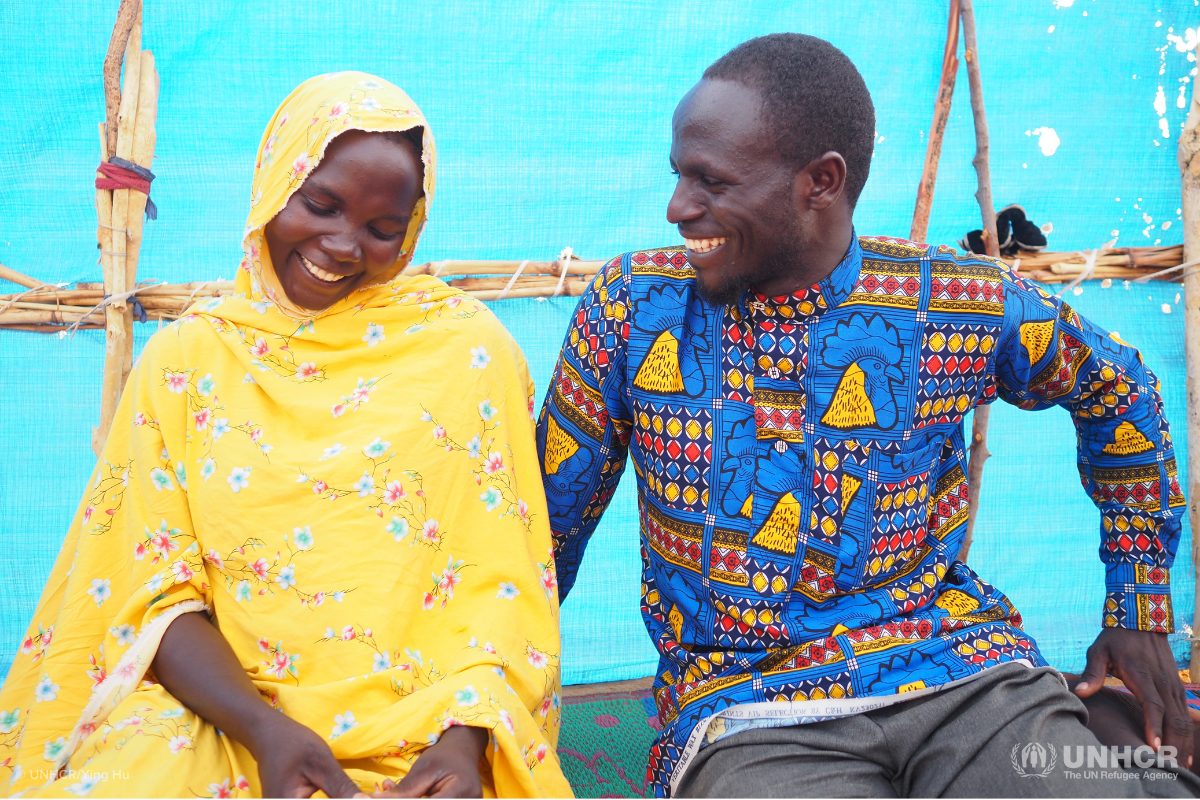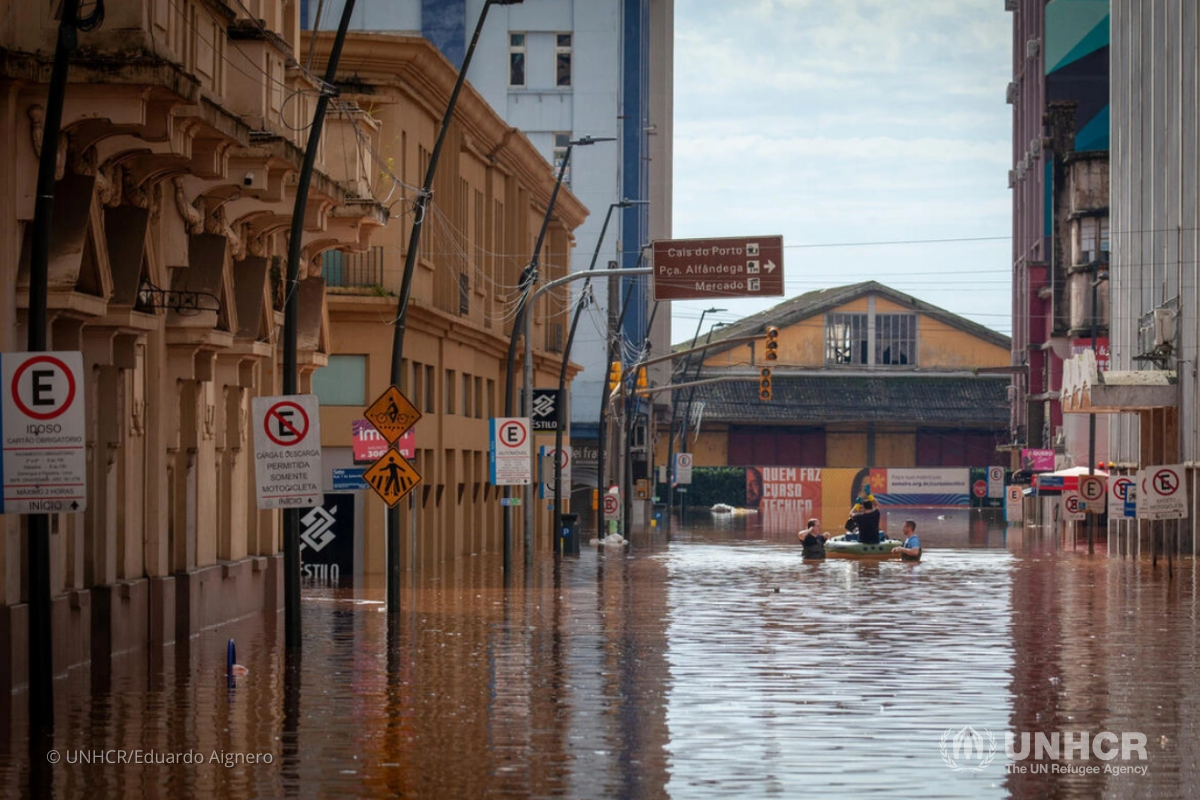Colombia’s Refugee Crisis and Integration Approach Explained
Colombia is experiencing a significant influx of refugees and migrants from Venezuela. This situation is recognized as one of the largest displacement crises in the world and the largest forced displacement crisis ever in Latin America. The country now hosts the third-largest number of refugees in the world and has become an important lifeline for Venezuelans seeking refuge from insecurity, instability and violence. In addition to hosting millions of refugees and migrants, Colombia has the world’s second-highest population of internally displaced people, with an estimated 6.8 million Colombians displaced within its borders.
Despite facing multiple challenges, the government and people of Colombia are focused on solutions to forced displacement in their country and other parts of the region. Here are five things to know about the refugee crisis in Colombia and some of the solutions-based approaches the country is taking to address forced displacement across the region.
1. What is happening in Colombia?
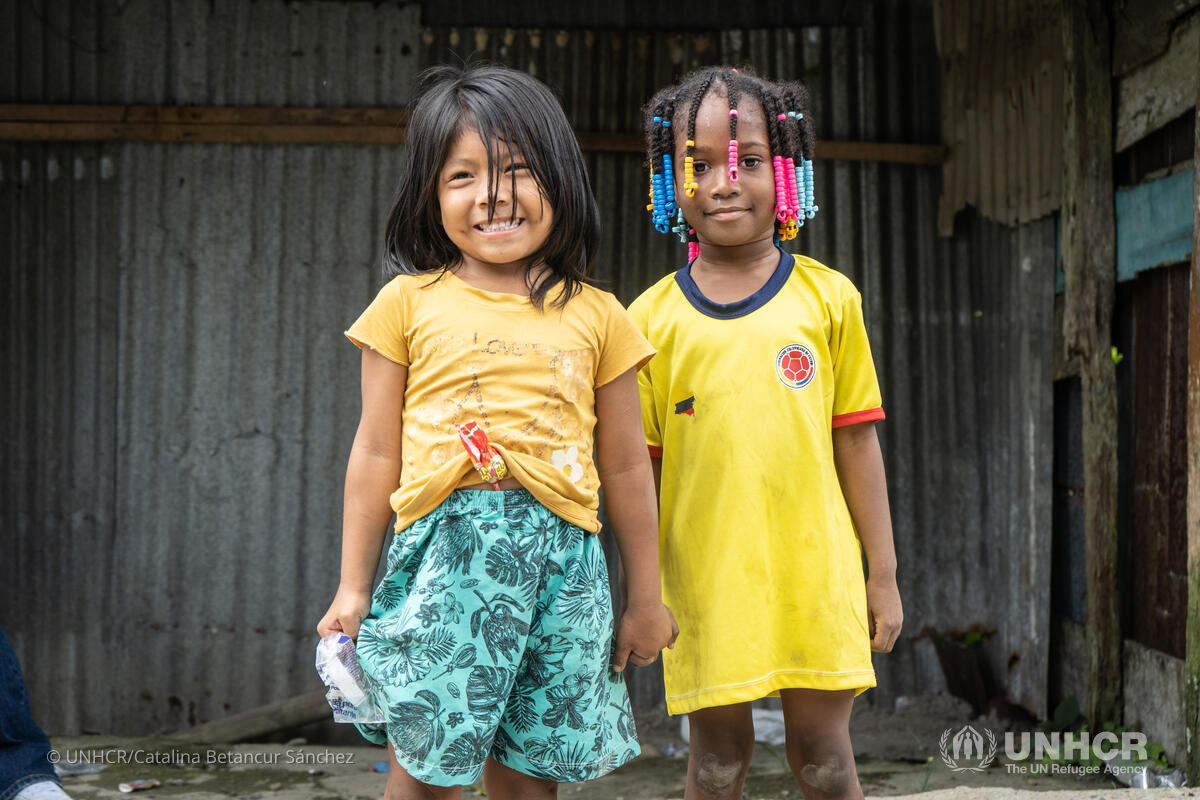
In 2016, after more than 50 years of armed conflict, a peace agreement was signed by the government of Colombia and the Revolutionary Armed Forces of Colombia (FARC). Despite ongoing peace negotiations, clashes between armed groups persist and these groups remain active in parts of the country, perpetuating violence and committing human rights violations. Oftentimes, communities are uprooted or “confined”, a widespread practice where armed groups lock down entire villages, warning residents not to leave the confines of their settlement under threat of death or other forms of retaliation including sexual violence.
By the end of 2022, Colombia was the country with the second largest population of internally displaced people in the world, with 6.8 million Colombians displaced in their own country. Violence is the main driver of internal displacement in Colombia, accounting for 87 percent of all internal displacements since 2004.
2. Why are Venezuelan refugees and migrants fleeing to Colombia?
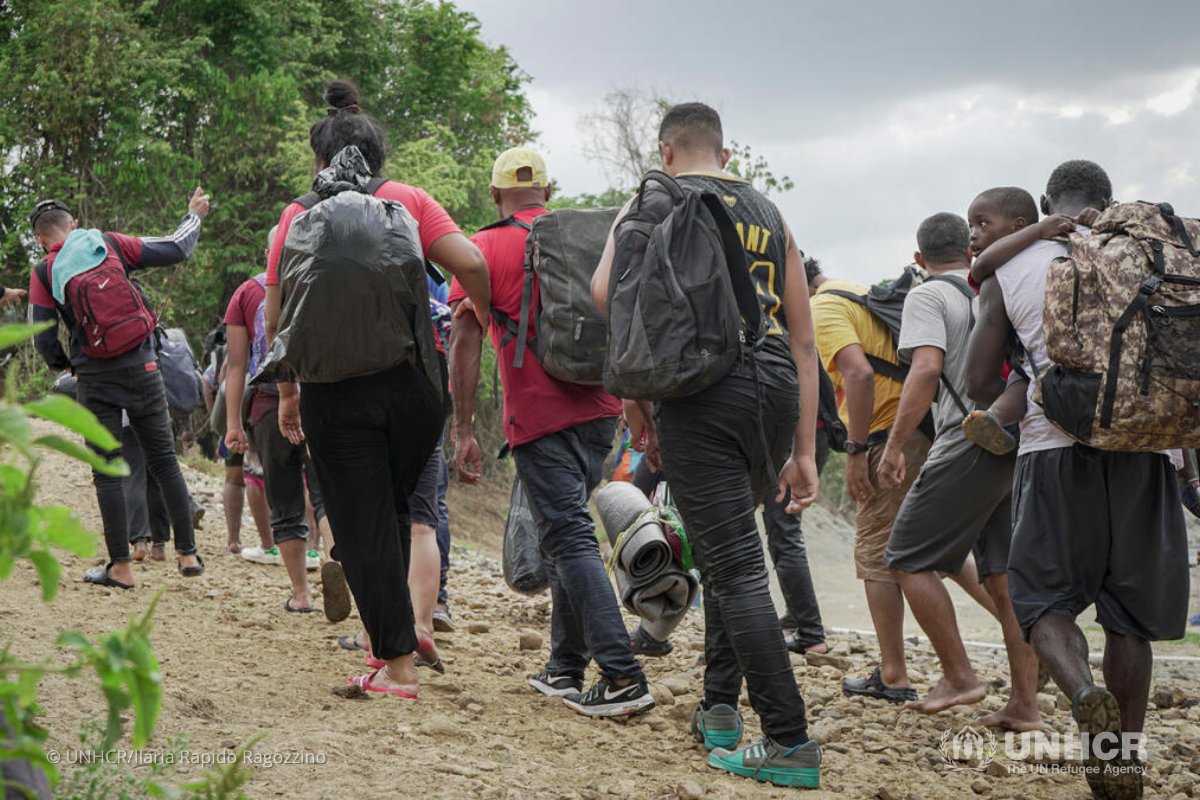
Venezuela has traditionally been a generous host to refugees from other countries, but it is now facing one of the largest displacement crises in the world. Rampant violence, inflation, gang warfare, soaring crime rates and shortages of food, medicine and essential services are forcing millions to flee. Nearly 8 million Venezuelans are displaced globally, with the majority—more than 6.5 million—currently residing in Latin America and the Caribbean.
Colombia hosts the largest population of Venezuelan refugees and migrants in the region, with nearly 3 million seeking safety within its borders. Colombia has also become a major transit country for Venezuelans and displaced people of other nationalities who are moving north towards Central and North America, south towards other parts of South America or returning to Venezuela. In the first nine months of 2023, more than 400,000 people (63 percent of whom were Venezuelans) crossed through the Darien jungle, a dangerous migration route at the border of Colombia and Panama.
By mid-2023, there were more than 300,000 Venezuelans recognized as refugees and nearly 1.2 million Venezuelan asylum seekers worldwide. Countries in the region have been generously hosting Venezuelans, but the majority of Venezuelans still lack documentation to stay regularly in nearby countries and are not guaranteed access to basic rights. More than 4.4 million Venezuelans still face difficulties accessing food, shelter, healthcare, education and formal employment in their host countries.
With support from UNHCR, the UN Refugee Agency, Colombia is pursuing solutions-based approaches to regularize and integrate Venezuelan refugees in the country.
3. How is Colombia integrating Venezuelan refugees?
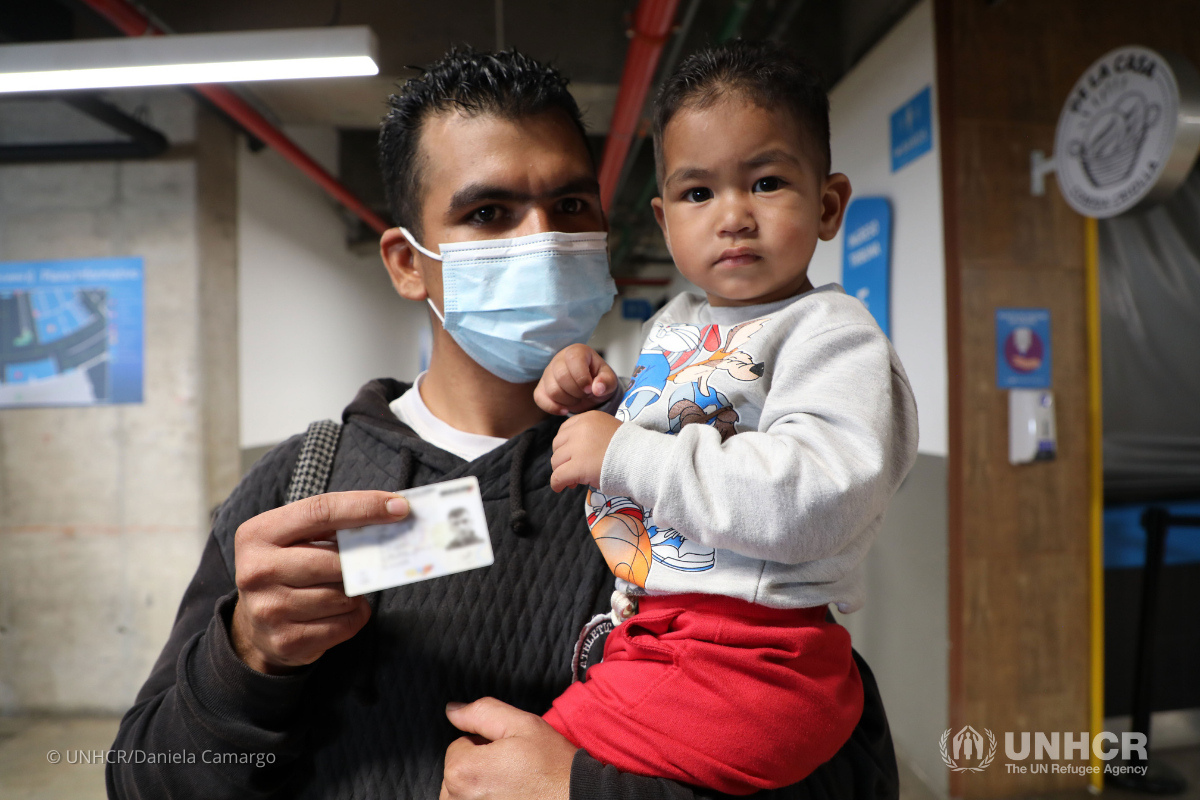
In February 2021, the Colombian government announced the creation of the Temporary Protection Status (TPS), an integration initiative that grants ten-year protection status to all Venezuelan refugees and migrants living in the country. The creation of TPS was an unprecedented event in Colombia's history and the region as it finally allowed eligible Venezuelans to regularize their stay while accessing a full range of rights.
Under this measure, displaced Venezuelans hosted in Colombia—more than half of whom were previously lacking regular status—are able to stay for at least a decade in the country and have access to identification documents, healthcare, education, essential services, formal employment and financial inclusion, among other benefits. This initiative is a life-changing opportunity for hundreds of thousands of undocumented Venezuelans desperate to rebuild their lives in safety.
The socioeconomic inclusion granted by TPS and other integration programs not only benefits displaced Venezuelans, but also the host communities they live in. According to the World Bank, for every dollar Colombia invests in the socioeconomic integration of refugees and migrants, there is a return of up to two dollars for the society.
The UN High Commissioner for Refugees, Filippo Grandi, described the decision as a “bold humanitarian gesture” that “serves as an example to the world.”
4. What are some innovative solutions Colombia is using to support Venezuelan refugees?
UNHCR supports the Graduation Model, assisting the Colombian government to promote the inclusion of Venezuelans in the labor market and regularization. This comprehensive poverty alleviation program seeks to help Venezuelan refugees and migrants, internally displaced Colombians and host community members generate economic self-sufficiency within a 12-18 month timeframe. The program includes three months of financial support, financial education, strengthening of skills and competencies for employment and ongoing support from psychosocial and livelihood professionals.
Additionally, Colombia is one of four countries participating in the U.S. government-led initiative Movilidad Segura (“Safe Mobility”). UNHCR and IOM are supporting the implementation of Safe Mobility by screening and referring individuals to the U.S. government for consideration for the U.S. refugee resettlement program and regular pathways (humanitarian parole, family reunification or temporary labor visas) or to other countries that take part in the initiative. Among other benefits, the program helps refugees and migrants avoid the dangerous journey through the Darien jungle. As of March 2024, over 158,000 individuals have applied for the Safe Mobility initiative through Safe Mobility Offices (SMOs) in Colombia, Costa Rica, Ecuador and Guatemala.
5. What is UNHCR doing to help displaced people in Colombia?
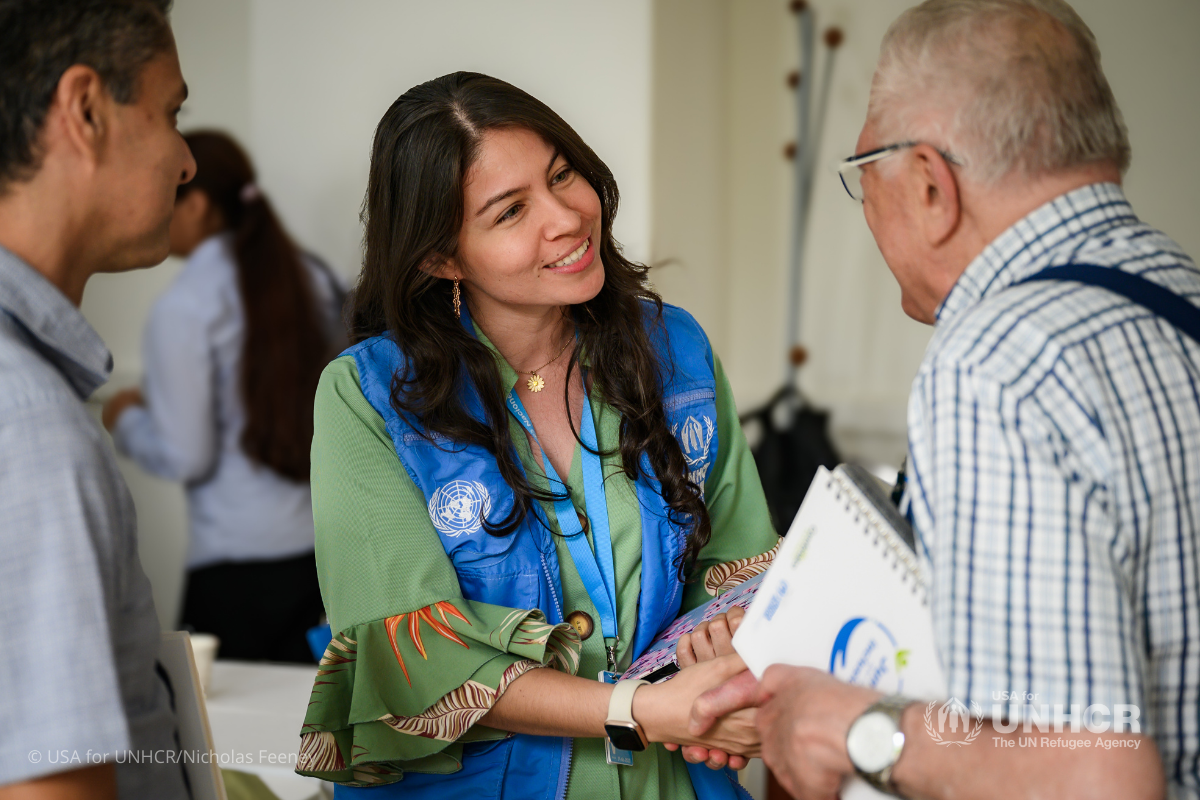
In Colombia, there are more than 550 UNHCR staff working across 18 offices, primarily serving internally displaced Colombians and Venezuelan refugees and migrants.
In 2023, UNHCR complemented the efforts of local and national authorities in Colombia to respond to the protection needs of internally displaced Colombians, Venezuelan refugees and migrants and host community members. With UNHCR’s support:
- 639,772 people benefited from protection services, including identification of protection needs and legal support
- 45,348 people were supported in meeting their basic needs through cash assistance, shelter support and other services
- 35,362 people benefited from community empowerment and community-strengthening activities
- 35,695 people benefited from durable solutions activities, such as employment training
During a visit to Colombia in November 2023, UN High Commissioner for Refugees, Filippo Grandi, applauded Colombia’s integration efforts, “Colombia's approach in aiding, protecting and providing solutions for displaced people, refugees and migrants, while attempting to address the root causes of their movement, is exemplary.”
How you can help…
Your support can make a world of difference to Venezuelan refugees and asylum seekers fleeing from violence and conflict and attempting to rebuild their lives in countries like Colombia. By becoming a monthly donor, you can help ensure lifesaving aid, protection and hope are delivered to those in need.
